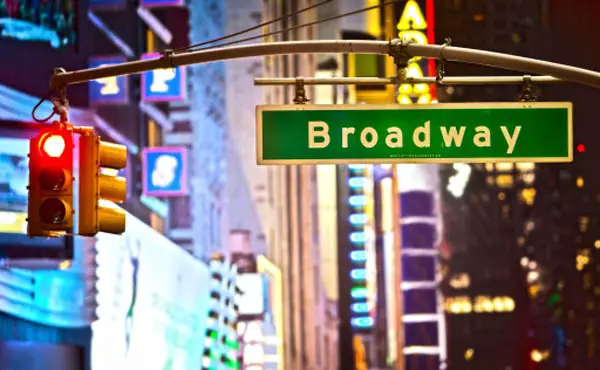After a half dozen cast injuries, over $12,000 in fines for safety violations, hundreds of late night jokes, $75 million in production costs, millions of dollars more in worldwide advertising, and over 1000 performances, Spider-Man: Turn Off the Dark will reportedly close on Broadway in January. It brings to a close the most expensive and one of the most controversial Broadway shows of all time without recouping its immense costs for its producers.
What exactly went wrong for the production? Well, actually, seemingly everything did.
While still in pre-production the show already cost more than most musicals, and it was a pretty foretelling sign that when Disney bought Marvel Comics in late 2009, the company did not take control of the development of the musical for its Disney Theatricals division and ended up having nothing to do with it. The musical opened in June 2011 after the longest period of preview performances in Broadway history (182 performances), which included a major overhaul of its storyline and resulted in the firing of director Julie Taymor (which resulted in a lengthy lawsuit). During the previews several critics controversially published reviews of the show because they concluded the never-ending weeks of previews were unfair to audiences who were expected to buy tickets to a show without professional reviews.
Nonetheless, likely because of both audience curiosity and improved reviews after the show briefly closed for retooling (including changes to the stunts made for safety reasons), the production was initially very successful at the box officet. In fact, Spider-Man holds the record of $2,941,790 in tickets sales for the last week in 2011 — the highest single-week gross in Broadway history.
However, nearly two years later the story is very different. According to The Wall Street Journal, the musical has “been running below its ‘break-even’ point for weeks.” While The Broadway League’s figures indicate that the Foxwoods Theatre has been 80% filled on average for the past six months, that kind of business isn’t good enough for the immense amount of money it costs to run the production — reportedly $1 million per week (the show took in $742,595 last week and has not broke $1 million since August). In June 2011, The New York Times estimated that it would have taken the production seven years (!) to recoup what investors spent. To provide another comparison, recent Broadway hits Once and The Book of Mormon recouped their initial investments in five months and eight months, respectively, and continue to do strong business.
Unlike other musicals, there is little chance of Spider-Man: Turn Off the Dark making additional money with future productions in major cities, tours, or even regional or high school productions. From a technical standpoint the show would need another overhaul to be staged in temporary or smaller theaters because of the special effects in the original production. In fact, a huge portion of the millions of dollars invested in the show went to renovating the Foxwoods Theatre, which will now have to go under additional renovations to restore it to its original state for its next production — which is believed to be another special-effects heavy musical, an adaptation of King Kong. [UPDATE: Spider-Man: Turn Off the Dark will apparently move to Las Vegas in 2015 after yet another content overhaul. Vegas is probably one of the few major cities besides New York that could support a production of its size.]
Ultimately, Spider-Man: Turn Off the Dark will likely stand as the preeminent cautionary tale of how not to do a big-budget Broadway musical. Perhaps the most positive thing about the debacle was that the production employed dozens of Broadway professionals, and because of its spectacle, more than most Broadway productions. Hopefully they will be able to find work with the crop of new shows opening in 2014.



